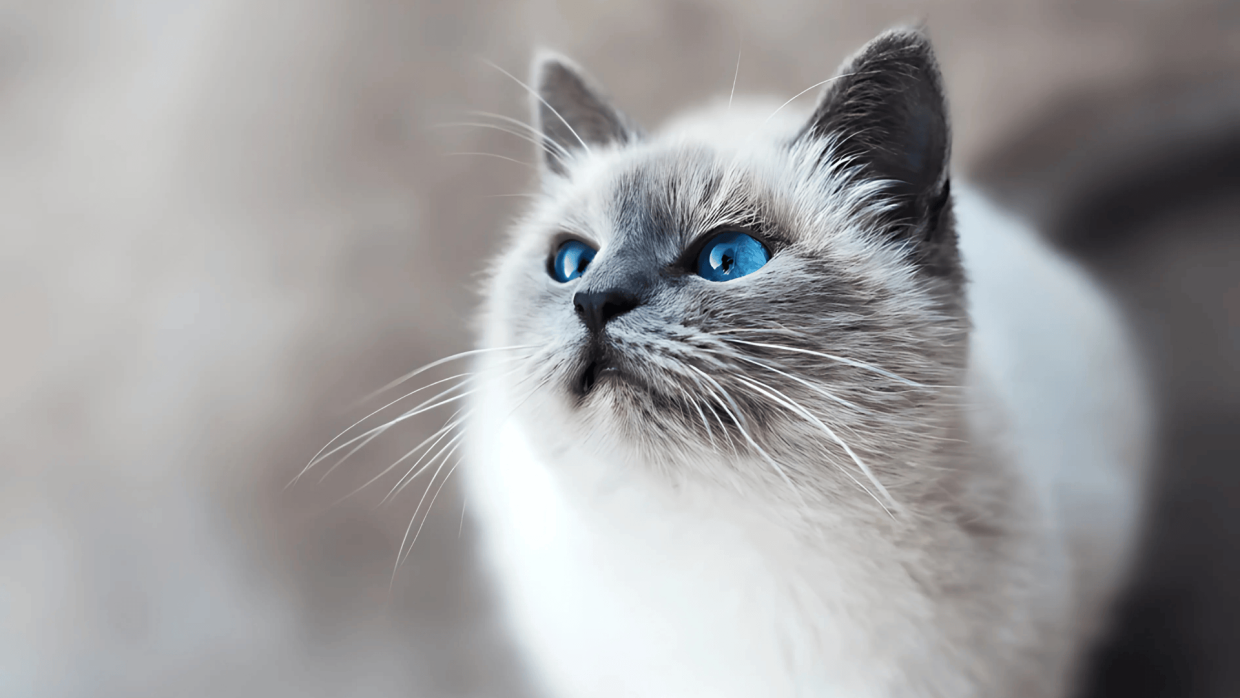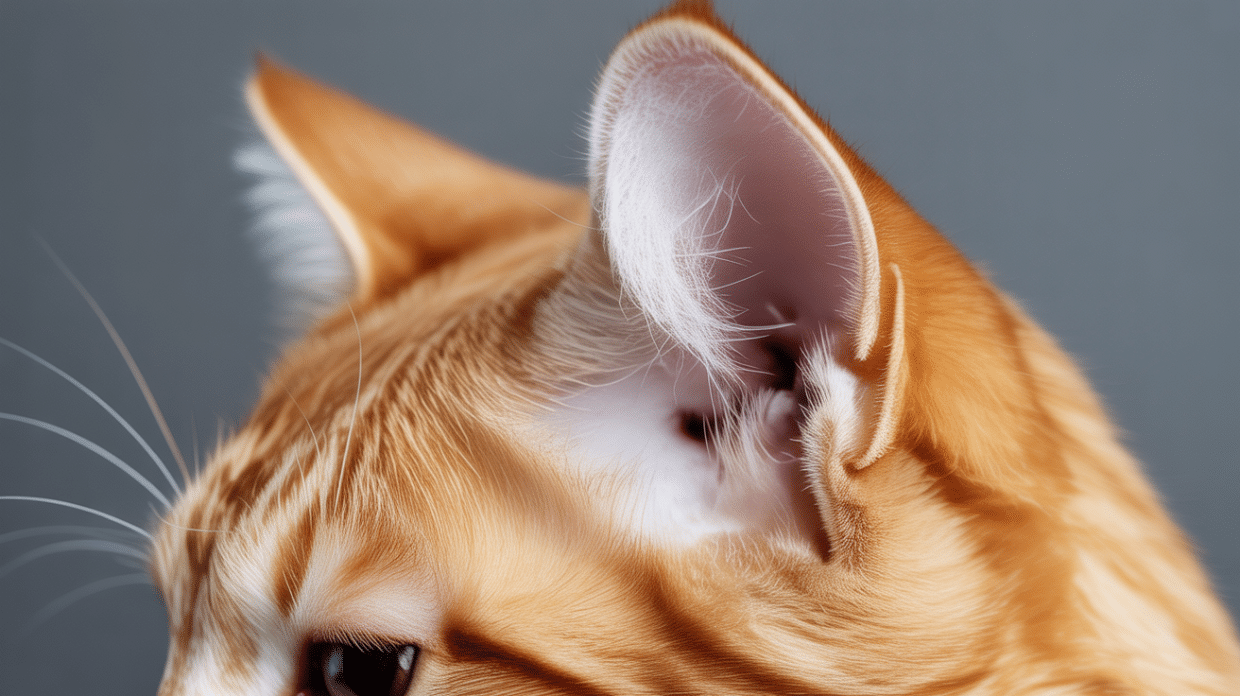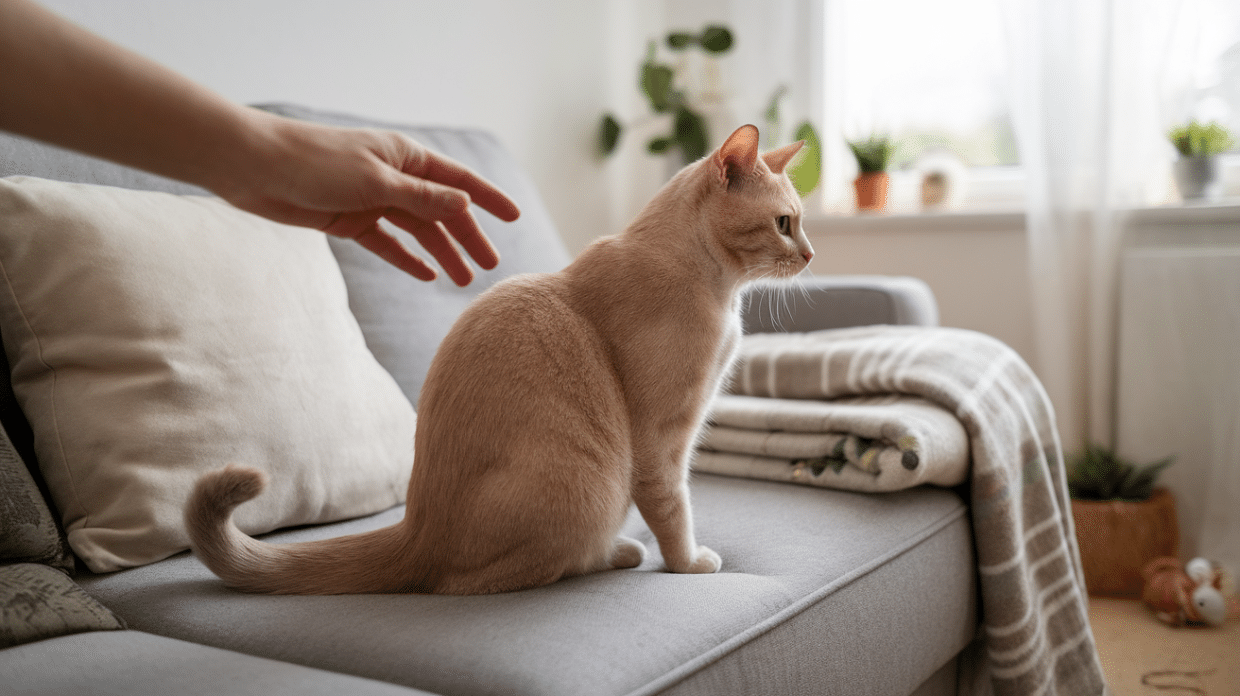Himalayan cats are known for their playful, sweet, and laid-back nature, making them great companions.
They have a unique look with their long, luxurious coats and striking blue eyes.
However, if you’re an allergy sufferer, you might wonder if they are hypoallergenic.
This blog will discuss whether Himalayan cats suit people with allergies.
We’ll explain the common allergens they produce, how their grooming habits affect allergies, and provide tips for managing allergy symptoms.
This guide will help you understand what to expect regarding allergies.
Are Himalayan Cats Hypoallergenic?
Himalayan cats are not considered hypoallergenic.
They shed a lot and produce a moderate amount of Fel d1 protein, which is a common cause of cat allergies.
In addition, they produce medium to high amounts of dander. These factors make it more likely that people with allergies will have reactions.
Overall, the hypoallergenic score for Himalayan cats is 4 out of 10.
This means they are not a good choice for allergy sufferers, even though some may experience fewer reactions, depending on the cat.
How Himalayan Cats Affect Breathing & Skin Allergies

Breathing Allergies
Himalayan cats can trigger breathing allergies in people sensitive to cat allergens.
Their fur sheds dander and other particles into the air, affecting the respiratory system.
About six out of ten Himalayan cats are likely to have breathing allergies.
This can lead to coughing, sneezing, and difficulty breathing, especially for those with asthma or respiratory sensitivities.
Skin Allergies
Himalayan cats can also cause skin allergies, with a probability of 7 out of 10.
Their fur and dander can irritate the skin, leading to rashes, itching, or hives.
Additionally, grooming-related saliva on their fur can contribute to skin irritation and contact dermatitis, worsening allergy symptoms.
Do Himalayan Cats Shed a Lot?
Shedding Levels
Because of their long, thick fur, Himalayan cats shed moderately to heavily.
They shed continuously, especially during seasonal changes. This shedding can spread allergens like dust, pollen, and dander throughout the house.
Their fur can easily get on furniture, carpets, and clothing, making it harder to avoid allergens.
Managing Shedding
Regular grooming and brushing are important to manage shedding and reduce allergens.
Brushing your Himalayan cat several times weekly helps remove loose hair and dander, which can prevent allergens from spreading as much in your home.
Regular grooming also controls shedding and helps maintain a cleaner environment, reducing allergy triggers.
Himalayan Dander and Saliva Levels

Dander
Dander is one of the main allergens produced by Himalayan cats.
It is released into the air when they shed, which can trigger allergies and asthma attacks.
This tiny, airborne particle can also cause breathing issues and skin irritation in sensitive individuals.
The more a cat sheds, the more dander is spread around the home, increasing the chances of allergic reactions.
Saliva
Himalayan cats tend to drool when they’re happy or relaxed and lick themselves to groom.
This spreads saliva allergens throughout the home. The Fel d1 protein in their saliva is a major cause of allergic reactions.
When saliva dries on their fur, it can stick to the fur and spread allergens around the environment.
Differences in Fel d1 Production
Kittens and female Himalayans typically produce less Fel d1 compared to males.
This means that younger and female cats might trigger fewer allergic reactions.
However, it’s still important to remember that even with lower Fel d1 production, these cats are not entirely allergy-free.
Grooming and Coat Maintenance

Importance of Grooming
Himalayan cats are generally clean and enjoy grooming themselves.
However, they require regular grooming to maintain their long, thick coats and help reduce allergens.
Without proper care, their fur can mat and tangle, worsening shedding and the spread of dander.
Grooming is essential for keeping their coats healthy and minimizing allergens in your home.
Grooming Recommendations
Bathing your Himalayan cat once a month helps control shedding and reduce allergen buildup.
Regular brushing is also important to prevent matting and tangling.
Brushing your cat several times a week helps remove loose fur and dander, controlling allergens and reducing their spread throughout your home.
Managing Allergies with a Himalayan Cat
Training
Training your Himalayan cat can help reduce allergen exposure. For example, teach it not to lick you, especially if you’re sensitive to its saliva.
You can also train it to avoid certain areas, like the bedroom, to limit allergens in places where you spend a lot of time.
Setting boundaries in your home can help minimize the spread of allergens.
Fortifying the House
To manage allergies further, fortify your home with allergy-fighting tools.
Install HEPA filters in your vacuum, air purifiers, and other cleaning devices to trap allergens.
Get rid of textiles that can trap hair and dander, such as heavy curtains or carpets.
Vacuum daily and wash textiles like bedding and upholstery frequently to reduce the buildup of allergens in your living space.
Alternatives to Himalayan Cats for Allergy Sufferers
If you’re looking for a cat with similar traits to the Himalayan but are concerned about allergies, consider several hypoallergenic breeds.
These cats offer affectionate personalities or physical features similar to the Himalayan but produce fewer allergens.
Siberian Cat

Like the Himalayan, Siberian cats are known for their friendly and affectionate nature.
Despite their thick fur, they produce less Fel d1 protein, making them a better option for allergy sufferers.
Balinese Cat

Balinese cats resemble the Siamese parent breed of the Himalayan.
They are playful and social, with a sleek coat that sheds less and produces fewer allergens than other long-haired breeds.
Russian Blue

Russian Blue cats have a gentle temperament and a short, dense coat that sheds less.
They produce lower levels of Fel d1, which reduces the likelihood of triggering allergies.
Sphynx Cat

Though very different in appearance, the Sphynx cat is an affectionate and playful breed with no fur to shed.
Their lack of hair means less dander, making them a good option for people with allergies.
These breeds may offer a similar companion experience to the Himalayan while being more allergy-friendly.
Conclusion
Himalayan cats are not hypoallergenic and are not the best choice for allergy sufferers due to their shedding, dander, and saliva.
While they are affectionate and beautiful pets, their allergen levels can make them challenging for those with sensitivities.
If you are set on having a cat but suffer from allergies, consider other hypoallergenic breeds, such as the Siberian, Balinese, or Russian Blue.
Check out our other blogs on the website for more information on hypoallergenic cats and tips for managing allergies!






